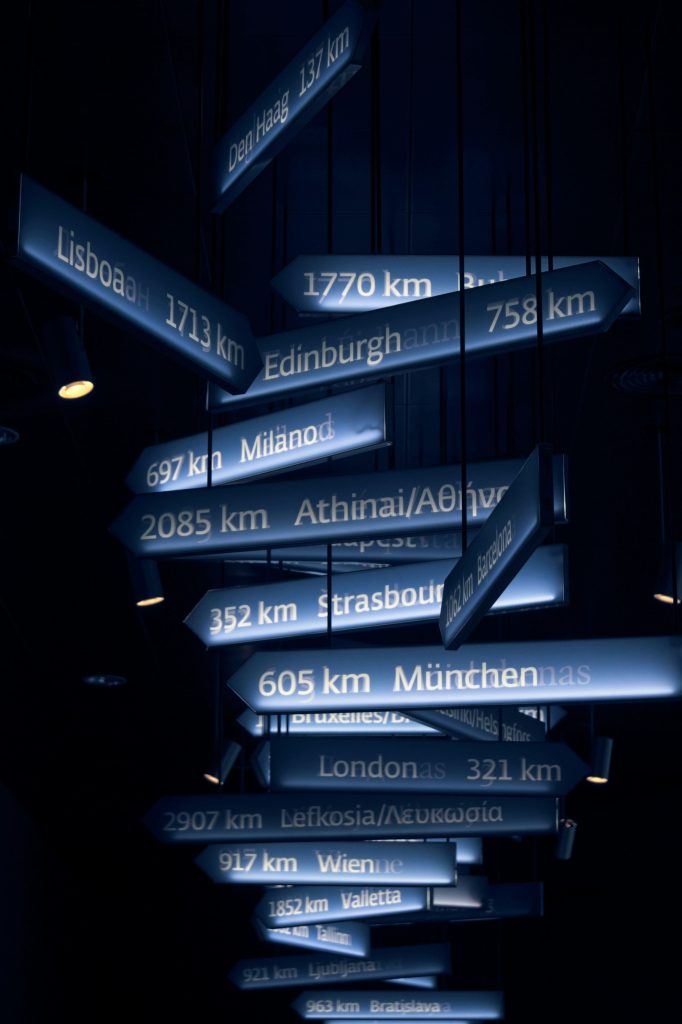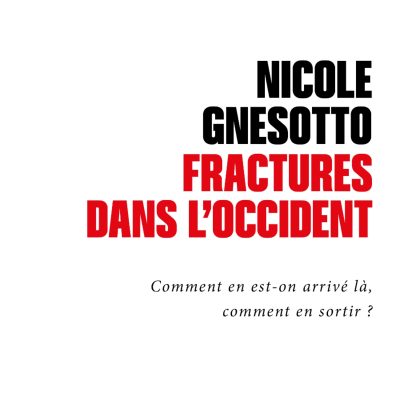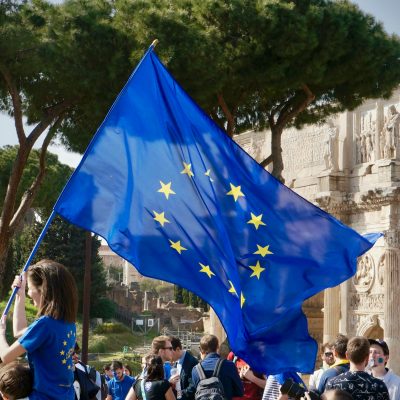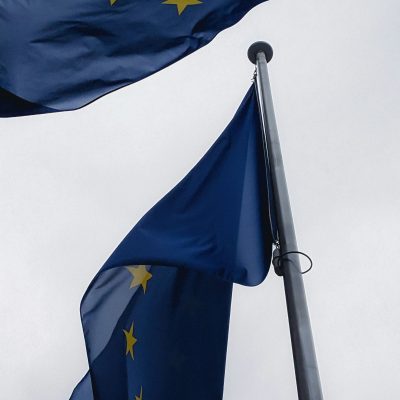Wine and Europe: the Metamorphoses of a Land of Choice

The challenge faced by Europe today is not so much born of conflicts and confrontation than brought about by patterns of rupture and social disintegration. How can people cooperate at a time when the globalisation of exchanges plays havoc with the interdependency and cohesion systems set up in the framework of the welfare state? How can they be brought together around a common project?
It is in order to address such questions that Notre Europe launched its research programme ‘What Binds us Together: European Identity’. Drawn level with people’s lives, this research speaks to anybody who wishes to understand how the sense of belonging to Europe comes about, how Europeans live, which values they share. It also aims at enlightening the analyses of European decision-makers by putting them back in touch with the local impact of European integration and the way it is perceived by the people.
Starting from the anthropological approach of an iconic product – wine – the study published hereafter gives a good account of citizens’ complex relationship to Europe. Embracing the transformations of a wine-growing region in Southern France, it takes up the thread of European identity.
The attachment to the territory, festive sociability and the lore of rootedness associated with wine are traits shared throughout the Old continent. One of the great merits of this study is thus to enable the reader to become fully conversant with the identity issues at stake in the European construction and the intensification of world exchanges.




